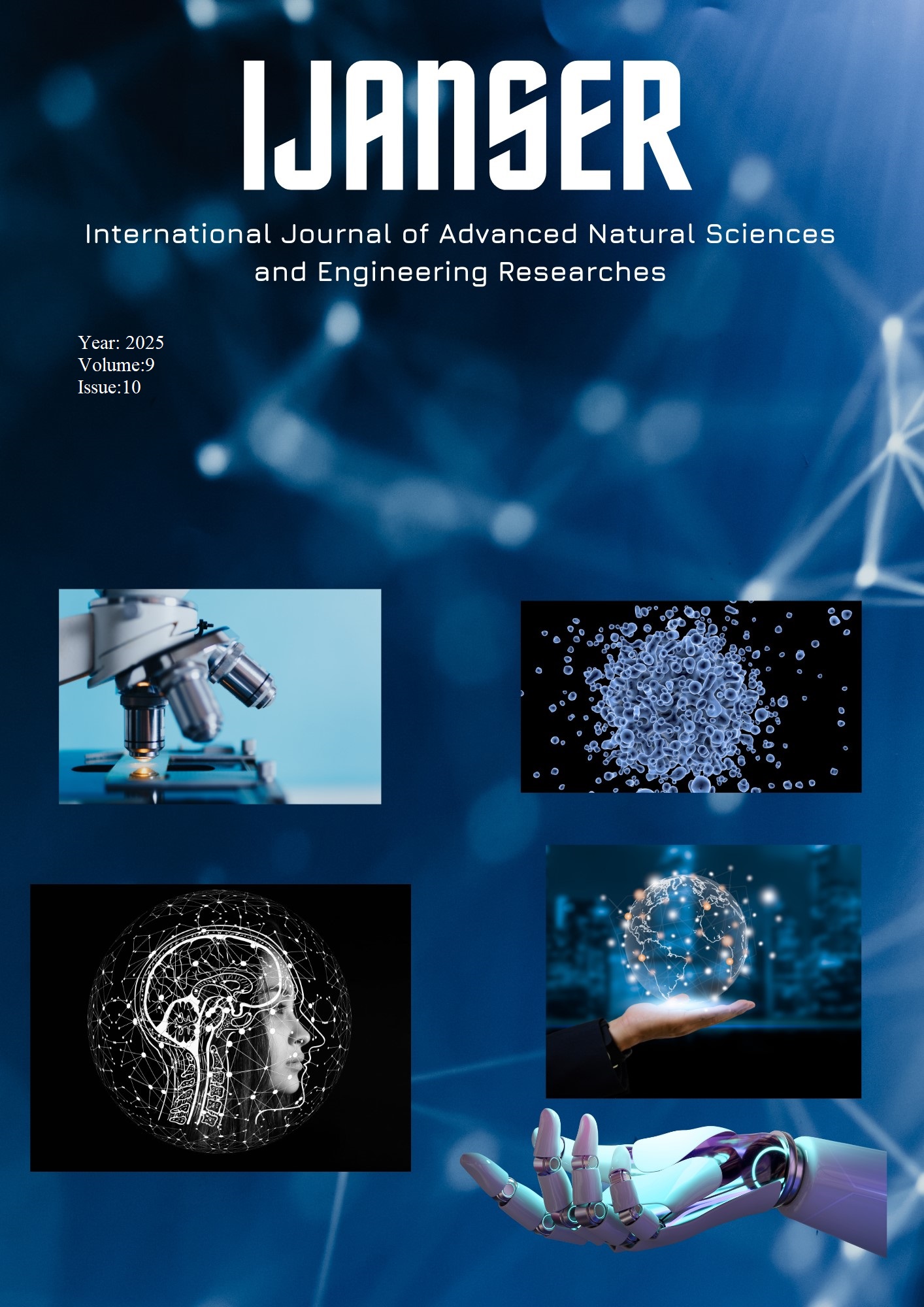Personal data ethics in forensic informatics: Developing innovative solution methods with TRIZ method
Keywords:
Forensic Informatics, Personal Data Ethics, TRIZ, Data Minization, Integrity of Evidence, AuditabilityAbstract
This study addresses the ethical tensions between the protection of personal data and the need
for evidence integrity and rapid work in forensics through the TRIZ approach. First, four basic
contradictions are defined: confidentiality-access, speed-procedurality, scope-proportionality, and
transparency-operational security. Then, feasible solutions are proposed using TRIZ's practical principles.
Selective acquisition and automated masking, focusing only on event-relevant data, an ethical compliance
matrix based on objective–data mapping. Evidence quarantine and recorded access for sensitive content.
Role-based authorizations that are time-bound and can be easily revoked when needed. Records that track
all transactions, maintaining integrity. This approach reduces unnecessary personal data exposure,
maintains the integrity of evidence, makes decisions visible, and facilitates auditing. Qualitative evaluations
show that selective acquisition and masking enable data minimization while accelerating review. It shows
that approval and registration flows strengthen defensibility. Proper tool support, team training, and clear
corporate policies are important for successful implementation. In the future, it is recommended to develop
evaluations with measurable metrics (completion time, mask opening rate, number of access requests), tool
integrations, and training programs across different types of cases. This framework offers a streamlined and
scalable roadmap that makes it easier to achieve operational goals while adhering to ethical principles.
Downloads
References
DFPulse: The 2024 Digital Forensic Practitioner Survey. ScienceDirect. Access: https://www.sciencedirect.com/science/article/pii/S2666281724001719
Mbimbi, B., Murray, D., & Wilson, M. (2024). IoT Forensics-Based on the Integration of a Permissioned Blockchain Network. ResearchGate. Access: https://www.researchgate.net/publication/259332114_Internet_of_Things_Forensics_Challenges_and_Approaches
Alenezi, A. M. (2023). Challenges in digital forensics for the Internet of Things. Cybersecurity. Access: https://westoahu.hawaii.edu/cyber/forensics-weekly-executive-summmaries/challenges-in-digital-forensics-for-the-internet-of-things/
Ashawa, M. A., Mansour, A., & Owoh, N. P. (2023). Digital forensics challenges in cyberspace: overcoming legitimacy and privacy issues through modularisation. CCDS. Access: https://ojs.wiserpub.com/index.php/CCDS/article/view/3845
Fahdi, M., & Clarke, N. L. (2023). Challenges to digital forensics: A survey of researchers. Semantic Scholar. Access: https://www.semanticscholar.org/paper/Challenges-to-digital-forensics%3A-A-survey-of-%26-and-Fahdi-Clarke/a5458578ef017357f4b81752e72d80d9d27bc794





